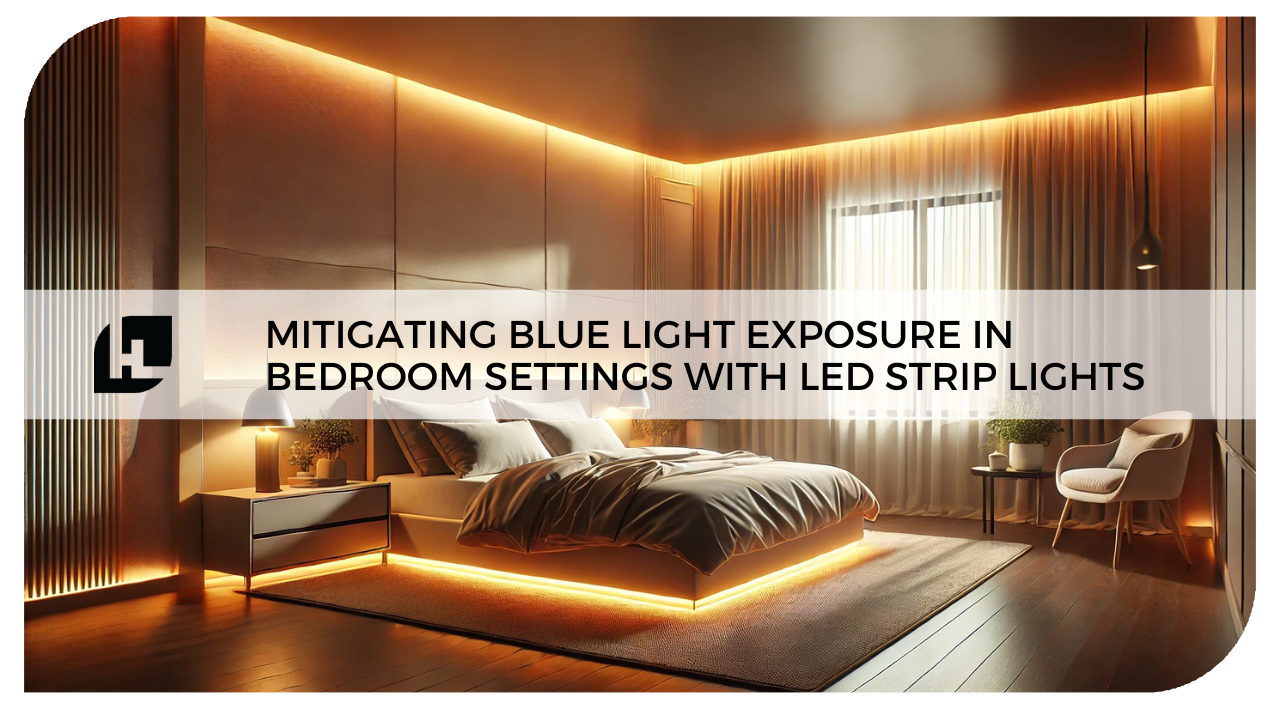Introduction
Blue light, a component of natural daylight and artificial lighting, has garnered significant attention due to its potential impact on sleep. Excessive exposure to blue light before bedtime can disrupt the body's natural production of melatonin, the sleep-regulating hormone. This disruption can lead to decreased sleep quality, daytime fatigue, and impaired cognitive function.
Understanding LED Strip Lights and Blue Light Emission
- Cool-white LED strip lights emit a higher percentage of blue light, making them less suitable for bedrooms.
- Warm-white LED strip lights emit a lower percentage of blue light, creating a more sleep-conducive environment.
Strategies for Reducing Blue Light Exposure
- Use Warm-White or Amber LED Strip Lights: Opt for LED strip lights with a color temperature below 3,000 Kelvin (K). These warmer shades emit less blue light, promoting relaxation and sleep.
- Dimming LED Strip Lights: Dimming LED strip lights reduces their overall brightness, which also lowers the amount of blue light emitted. Install dimmer switches or use LED controllers with dimming capabilities.
- Installing Blue-Light Filter Films: Blue-light filter films can be applied to LED strip lights or bedside lamps to absorb and filter out harmful wavelengths of blue light.
- Implementing Smart Controls for Automated Lighting Adjustments: Use smart controllers or apps that allow you to schedule automatic adjustments to LED strip lights. For instance, you can program the lights to dim gradually before bedtime or turn off completely during specific sleep hours.

Benefits of Mitigating Blue Light Exposure in Bedroom Settings
- Improved Sleep Quality: Reducing blue light exposure helps maintain healthy melatonin levels, improving sleep onset, duration, and quality.
- Reduced Eye Strain: Blue light can cause eye strain, headaches, and dry eyes. Minimizing exposure reduces these discomforting symptoms.
- Enhanced Mood Regulation: Studies have shown that blue light exposure can influence mood and behavior. Reducing exposure contributes to better emotional balance and overall well-being.
Considerations for Electricians, LED Installers, and Integrators
- Choosing LED Strip Lights with Low Blue Light Emission: When selecting LED strip lights, prioritize those with low blue light emission levels. Refer to the color temperature and blue light wavelength specifications provided by manufacturers.
- Planning for Optimal Lighting Control: Set up the energy-saving architect-designed and controlled lighting systems suitable for easy dimming, scheduling, customization, and adaptability. Make sure to pair a dimmer and controller for successful blue light exposure handling.
- Educating Clients about Blue Light Mitigation: Inform clients about the importance of blue light management and offer solutions tailored to their specific needs. Educate them on the benefits of warm-white LED strip lights, dimming options, and blue light filters.
Conclusion

